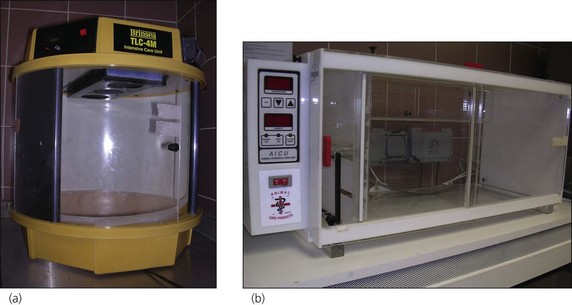10 Regurgitation in a cockatoo
Introduction
CASE PRESENTING SIGNS
A 15-year-old male little corella (Cacatua sanguinea) (Box 10.1) presented with acute onset regurgitation, haematochezia/melena, lethargy and inappetence.
BOX 10.1 Ecology of cockatoos
Case History
On the day prior to presentation, the cockatoo regurgitated once. Frank blood had been present in the faeces. On the day of examination, the faeces was almost black (Box 10.2). The owner reported him to be lethargic and inappetent (Box 10.3).
BOX 10.3 When should you investigate an ill bird?
Many factors will assist with this decision.
Clinical Examination
CLINICAL TIPS
DIFFERENTIAL DIAGNOSES
Lethargy is a vague clinical sign and can be attributed to general ill health in a bird.
The differentials for vomiting or regurgitation are:
Case Work-Up
Supportive care
In an acute episode where finances are of concern, it can be beneficial to offer nursing care in the first instance. This will involve hospitalization in a warm environment, to reduce the energy requirements of the ill bird. The use of incubators or brooders (Fig. 10.1) is recommended in this case, although the use of an airing cupboard in the owner’s home will suffice if hospitalization is not possible.
Stay updated, free articles. Join our Telegram channel

Full access? Get Clinical Tree



